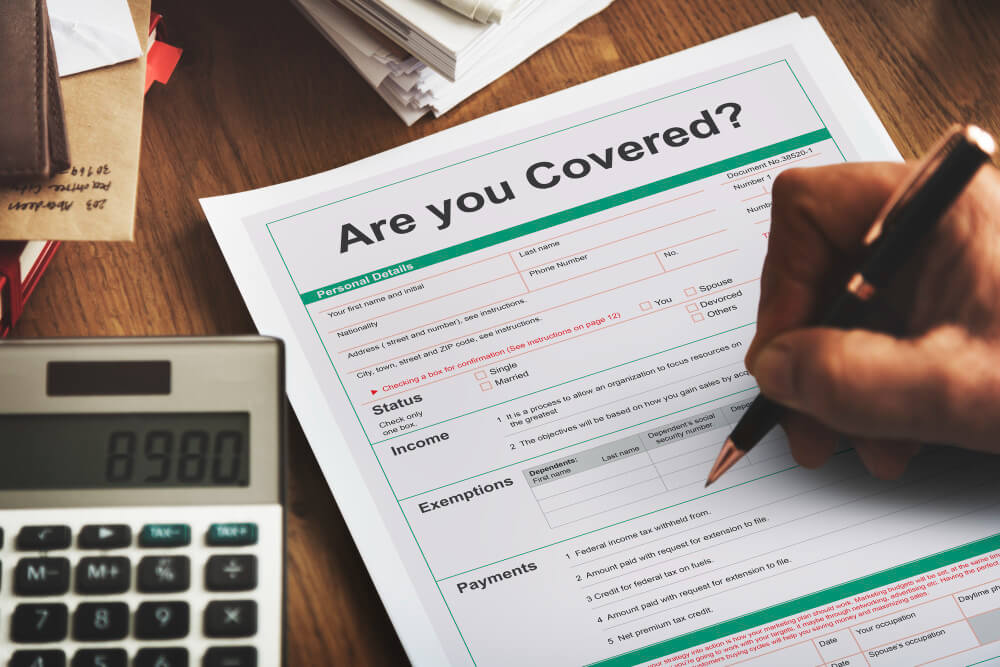Having a disability presents a number of obstacles that can hinder one's independence, including one's ability to hold down a job and manage one's finances. Social Security Disability Insurance (SSDI) is designed to assist people who are having trouble making ends meet because of a disability.
Your family may be able to get some extra help, and you'll be able to afford the basics thanks to the benefits you receive.
Find out if you qualify for Social Security Disability Insurance (SSDI) cash benefits. Learn more about the program's eligibility standards, the application process, and more by browsing the following slides. If you think you could qualify for this program, you can apply by contacting the Social Security Administration.
Find out What You Need to Qualify for Social Security Disability Insurance
At the present time, this federal program can provide financial aid to over 8 million Americans with disabilities. Because one or both of their parents are disabled and unable to work, over 1.5 million children are also qualified to receive SSDI payments. Learn more about how SSDI benefits can help you and your loved ones by reading on.
In order to qualify for SSDI benefits, the Social Security Administration (SSA) has established a few baseline criteria. All that is required of you to be considered is that you:
- Meet the criteria for a handicap as set forth by the SSA.
- Possess a lengthy and recent enough work history to satisfy the program's work criteria.
You need to be unable to work for at least a year due to your condition, with several exceptions including
- Vertebral stenosis
- Persistent emphysema
- Blindness.
- You might be automatically eligible for SSDI compensation under a few other circumstances.
Most applicants will need to accumulate a certain number of work credits before being considered. Your age will determine your minimum job requirements. Thankfully, finding out if you qualify is easy.
For example, applicants under the age of 30 will need a minimum of 12 work credits, while those above the age of 60 will need a minimum of 38. Every $1,140 that an employee earns throughout their career is worth one work credit, up to a maximum of four credits each year.
If your condition prevents you from doing any significant amount of work, you will continue to be eligible for SSDI payments indefinitely. The frequency of the SSA's reviews will depend on the findings of the initial evaluation of your health status.
Within six to eighteen months after your initial benefit payment, your case will probably be evaluated to verify your ongoing eligibility if changes are predicted to have been made in your medical condition.
If there is a chance that your health will improve, your case will be evaluated again sooner rather than later. If your health is not projected to improve, your case will be examined less frequently, and not before seven years have passed.
If you resume employment while receiving SSDI, which is permitted, the SSA will check to see if you fulfill the criteria for Substantial Gainful Activity (SGA).
